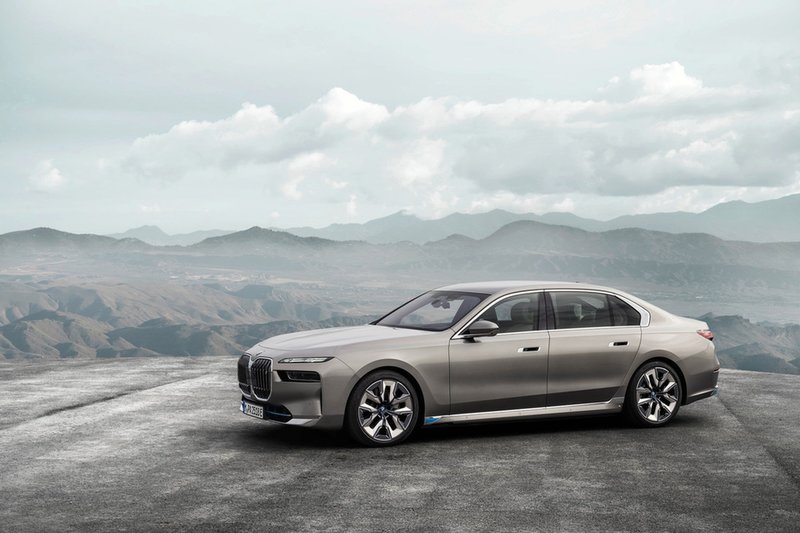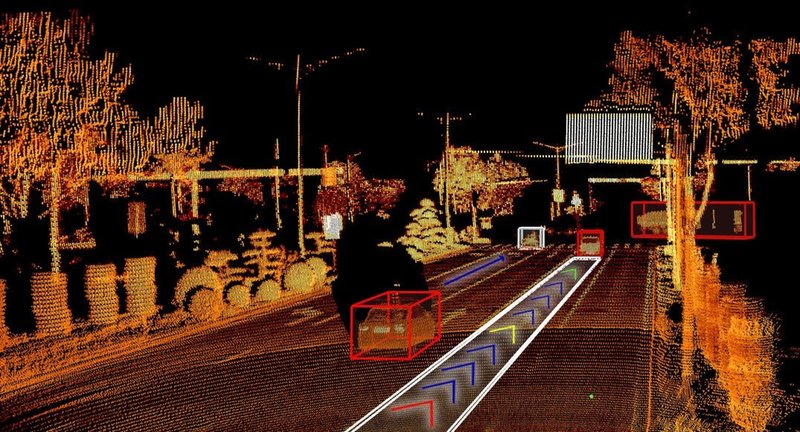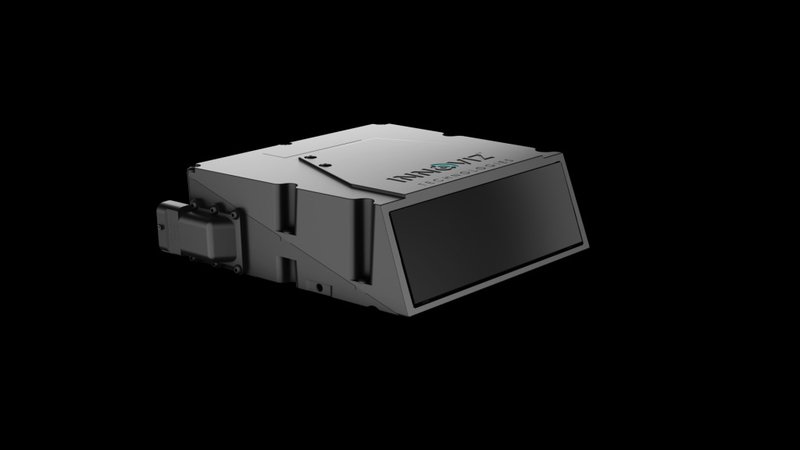Interview
BMW and Innoviz achieve Level 3 autonomous driving with the BMW 7 Series
BMW is working with partners to ramp-up automated driving capabilities, starting with the 7. Frankie Youd writes.

Oren Buskila
The latest BMW 7 Series incorporates SAE Level 3 autonomy capabilities which means the car can perform some dynamic driving manoeuvres without human intervention.
This achievement has been made possible by the OEM working with Innoviz, a leading manufacturer of high-performance LiDAR sensors and perception software. The two companies have worked together for several years on highly automated technology and autonomous driving capabilities.
We spoke to with Oren Buskila, chief R&D officer, and co-founder of Innoviz, to discuss the partnership with BMW and to touch on how level 3 autonomous features have been achieved.

BMW i7
Just Auto: Could you discuss the background on the company?
Oren Buskila: Innoviz is a company based in Israel that is enabling the self-driving revolution in cars primarily through the development of LiDAR. LiDAR is a 3D sensor-based scanning laser that’s considered one of the three main sensors that are required and necessary to enable self-driving.
The company started some seven and a half years ago, we’ve grown significantly through several significant design wins that are amongst the biggest in the industry to date.
I am the chief R&D officer; I am also one of the co-founders of the company. As part of my position, I managed development of all of our products. R&D activity accounts for most of the workforce; there’s a total of 500 employees and around 300 of them are in R&D.
Just Auto: How did working with BMW come to be?
Oren Buskila: Our first work with BWM was back in 2018 on a programme that’s launching this year; the BMW 7 Series. This is launching with the InnovizOne LiDAR, enabling it to be the first car from BMW that will be L3 autonomous and amongst the first ever with L3 capability on public roads.
A few months ago, we announced another project with BMW, which is a development project for the next generation of BMW cars, and this is based on our newest LiDAR model called the InnovizTwo. This is roughly the same product, that has been nominated for supply by Volkswagen – but with some adjustments, specific to BMW.
Just Auto: How is the BMW 7 Series able to achieve level 3 autonomous driving?
Oren Buskila: The first programme is starting with the BMW 7 Series, or the i7 which is the EV version. This will be the first model from BMW that will be able to drive itself autonomously on highways.
Level 3 means that it does not require the attention of the driver at all, as long as the self-driving feature is enabled and activated. It might need to request the driver to take control, but it will give it ample time to respond, something like 10 or 20 seconds, meaning that the driver can rest or do whatever he or she would like to do. This is approved by the regulator in Germany. This was approved last year, and so far, it is enabled only by Mercedes Benz and BMW; these are the first two companies who are releasing this capability.
Level 3 means that it does not require the attention of the driver at all, as long as the self-driving feature is enabled and activated.
Level 3 is not binary. There’s a spectrum of features that could be called L3, but the essence of it is no monitoring by the driver.
The next generation of L3, which BMW is now developing, is going to have a more extensive feature set, meaning that it will be able to perform in a wider range of use-cases. It will be able to drive faster, also. At the moment there’s a sub-limit of speed that’s currently enabled. The next generation is planned to enable full-speed highway cruising. It’s meant to serve more platforms and models in the BMW portfolio.
This will be enabled by the improved range and performance of InnovizTwo, versus InnovizOne – in terms of range, resolution, field of view. The extension to the broader BMW line-up is made possible mostly through the cost reduction that was achieved in developing InnovizTwo. We worked very hard on being able to bring the cost down by 70%.
There’s another thing that is a first, a first for us, and maybe at first for the industry. We are delivering not just the LiDAR, but we have delivered a feature that is responsible for the control of the car itself, not just the perception, but the control and the decision making. This feature acts as a safety system when the main system is malfunctioning. This is called an MRM – a minimum risk manoeuvre system.
This is another box with a computer in it that processes the information from the LiDAR, and whenever it’s requested to do so by the car computer. It can bring the car to a safe stop while maintaining the course of the vehicle and decelerating in a safe way.

MRM – a minimum risk manoeuvre system
Just Auto: When is this planned to be available for customers?
Oren Buskila: The BMW 7 Series is planned to be launched soon, by the end of this year.
For us, the InnovizTwo LiDAR is going to start production in 2025 and will align with several launches from several customers through 2025, 2026 and 2027. We currently have several programmes with different timings.
Just Auto: What do you see the future holding for autonomous driving features?
Oren Buskila: I think that now we are in the stage of the first generation of automotive LiDAR. We’re seeing both limited functionalities of the cars, that have the Level 3 systems, and we’re seeing limited availability because these are still very expensive features that are not accessible to everyone.
Starting in 2025, 2026 we’ll start to see these features in more mid-range car models. As has happened in history with many vehicle technologies, such as safety belts, airbags and automatic transmissions, everything usually starts expensive and starts in the high-end models and from there it trickles down to all the rest of the of the models, until it’s eventually standard.
I think we will see Level 3 reaching full functionality for high-speed highway driving, which also means full responsibility of the car.
We’ll see that also with LiDAR. I don’t think it will be standard by 2026 but we will see it in a much broader range of vehicles. We will see this also introduced by OEMs and carmakers that have sat on the fence until recently, and did not go all in on Level 3, because they felt that the technology was not yet maybe mature, or low-cost enough.
I think we will see Level 3 reaching full functionality for high-speed highway driving, which also means full responsibility of the car. You won’t need to go into and out of Level 3 mode whenever there’s the traffic jam easing up, or building up; the car we were able to transition between modes on the highway.

InnovizTwo LiDAR sensor unit